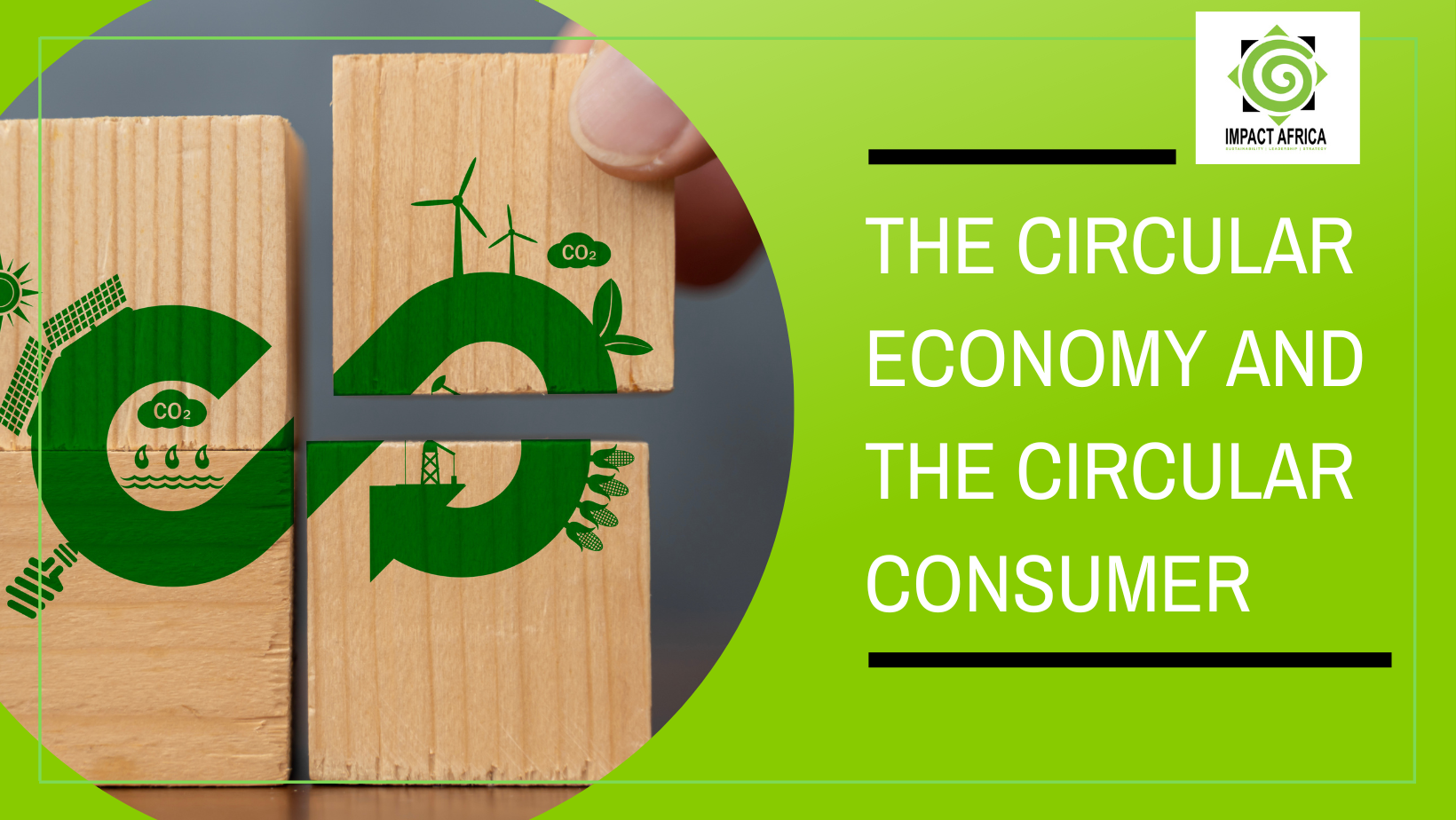 A circular economy (CE) is an economic model that moves goods throughout their cycle, from production to consumption. It promotes reusing, exchanging, re-purchasing, re-selling, loaning, recycling, up-cycling, and repairing goods to increase their lifespan and retain them for longer. CE differs from traditional linear economies by focusing on effective resource utilization and acting as a multilevel alternative to the status quo.
A circular economy (CE) is an economic model that moves goods throughout their cycle, from production to consumption. It promotes reusing, exchanging, re-purchasing, re-selling, loaning, recycling, up-cycling, and repairing goods to increase their lifespan and retain them for longer. CE differs from traditional linear economies by focusing on effective resource utilization and acting as a multilevel alternative to the status quo.
The CE business model offers environmental and socioeconomic benefits for consumers and producers in equal measure. It addresses resource scarcity, fulfilling sustainability agendas on both macro and micro scales and presents an inclination towards using resources in alternative ways.
Unfortunately, the idea that newness correlates with quality rather than long-term care prevails, even with the steps made towards sustainable consumption. However, amidst this backdrop, emerges a transformative figure in modern consumerism; the circular consumer. The circular consumer understands that the value of a product doesn’t lie in its initial allure but in its ability to stand the test of time, both in terms of style and functionality. The Circular consumer embraces repairing, repurposing, and recycling rather than succumbing to the throw away culture.
When consumers feed into the principles and standards of a CE, they create a circular consumption system where their activities contribute to the maintenance of a CE. It helps minimize waste and promote the transgenerational dissemination of technical knowledge.
The economy is powered by the small players—us, the consumers. When consumers can exhibit pro-circularity through prioritizing responsible resource use, collaborative consumption, circular weight, sustainable consumption, eco-friendly operations, and socioeconomic peculiarities, we can ultimately forge a sustainable future.
Consumers can contribute to a CE by adopting sustainable behaviours, such as Purchasing used items and prioritizing purchasing from brands that use bio-degradable packaging made from recycled bio-waste and purchasing used cars and household appliances. They can also ensure that their products are managed according to circularity principles, allowing them to be reused, repaired, upcycled, and recycled. This long-term initiative requires seamless integration into daily life, altering consumption patterns and establishing a circular consumption system. This mutualistic interaction between consumers and markets can help target resource scarcity, influence the prevalence of circular business models, and manage the waste released into ecosystems. For example, the Suame Magazine Automotive Centre in South Africa repurposes parts from old vehicles to meet market needs and increase their durability.
Going further, consumers can participate in and promote a CE by separating waste as a form of circular behaviour. This is because it allows manufacturers or take-back-entrepreneurs to repurpose, repair, upcycle and so on following the end of a product’s life. It helps manage the amount of waste that we produce and return products to the market without exhausting too many resources and presents a unique opportunity for collaborative consumption through prioritizing access over newness. Additionally, investing in companies that prioritize social and environmental preservation and restoration can motivate them to adopt a circular business model.
The costs of a CE can be high for sustainable consumers and organizations due to manufacturing requirements and sustainability features. However, African countries already have some form of CE. Second-hand clothing, scrap metal, organic foods, and technologies being more affordable than traditional consumption options. This model is dominated by small-scale entrepreneurs, though incidentally, UNEP predicts Africa will become the second-largest consumer of resources by 2050. Nevertheless, larger companies are beginning to recognize the potential of circularity, such as Woolworths stocking women’s undergarments made from recycled fabrics in the mid-last quarter of 2023.
Companies that adopt the CE principles will benefit from customizing their products through upcycling, leading to increased value and consumer motivation to preserve them for longer periods. However, current circumstances make a CE unviable due to obsolescence, where products from major importers like China cease to be productive after a specified period. For example, iPhones, 8Plus, X, and iPads may not receive updates past 2023, making it difficult for consumers to break free from the traditional linear economic cycle.
There is a popular assumption that the linear economy is better equipped to meet the ever-developing demands of the dynamic market, though this isn’t necessarily accurate. However, the adoption of a CE offers untapped potential, as it reduces the buffer period between production and consumption. This allows consumers to enjoy more affordable, accessible, and elevated options for their consumption.
Adopting a holistic habit can lead to responsible behaviours, that can influence the purchasing habits of their circles and inevitably, begin to see a greater shift in consumer values towards long-term sustainable development. A striking example of this shift is the transformation in the discourse within pop culture regarding the rejection of fast fashion and sustainable consumerism (thrifting and sustainable brands).
Circular consumption can positively impact the environment and help African states evade from diet-oriented health pandemics like obesity and diabetes. By investing in food designers who innovate, sell, and process local foods and ingredients, we can preserve diversity along the food chain and manage gaps in nutrient procurement, inputs, agriculture, discharge and other related factors. This shift in consumer values and attitudes towards consumption can lead to a more sustainable and eco-friendly society.
TRANSFORMING OUR MINDSETS TO GET THE BALL ROLLING
To activate sustainability, consumers should adopt “take-in to reuse” consumption behaviours, distinguish newness from wealth and quality, and embrace intentional disruption to enjoy opportunities inherent within a CE.



